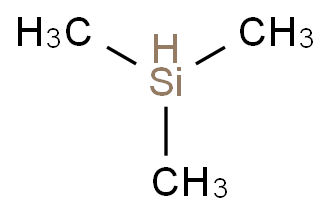Characterization of Essential Oils
- Chromatography peaks tell you when and how much compound you have.
- The Mass Spectrum shows you the compounds fragmentation pattern, which acts as a molecular finger print.
- The Kovats Index, provides a dimensionless unit for comparison with other databases.
Table Showing GC:MS Analysis Of 2 Oils: Citronella oil and lemon oil:
| Citronella Oil | Citronella Oil | Lemon Oil | Lemon Oil |
|---|---|---|---|
| GC: Retention time | Compound Name | GC: Retention time | Compound Name |
| 6.509 | Limonene | 5.099 | alpha Thujene |
| 7.427 | Linalool | 5.197 | alpha Pinene |
| 8.037 | neoiso-Isopulegol | 5.411 | Camphene |
| 8.098 | Citronellal | 5.769 | Sabinene |
| 8.177 | Isopulegol | 5.816 | beta Pinene |
| 8.981 | Citronellol | 5.994 | Myrcene |
| 9.291 | Geraniol | 6.470 | o-Cymene |
| 9.495 | Geranial | 6.517 | Limonene |
| 10.382 | Citronellyl Acetate | 6.929 | gamma Terpinene |
| 10.474 | Eugenol | 7.304 | alpha Terpinolene |
| 10.705 | Geranyl Acetate | 7.430 | Linalool |
| 10.876 | beta Elemene | 7.489 | Nonanal |
| 11.755 | Napthalene | 7.882 | cis-Limonene oxide |
| 11.83 | beta Cubebene | 7.937 | trans-Limonene oxide |
| 11.989 | alpha Muurolene | 8.027 | Epoxyterpinolene |
| 12.215 | delta Cadinene | 8.101 | Citronellal |
| 12.466 | Hedycaryol | 8.433 | Terpinen-4-ol |
| 12.749 | endo-1-bourbonanol | 8.587 | alpha Terpineol |
| 13.274 | Guaiol | 9.163 | Citral |
| 13.476 | T-Muurolol | 10.506 | Neryl Acetate |
Kovats Index (KI)
- A dimensionless quantity that characterizes each GC:MS eluted compound, according to a linear retention index and eradicates instrument variations e.g. oven temperature, gas flow etc. but not column differences.
- The retention times of a known C7-C40 alkane standard is used to calibrate KI.
- We have a software program that then generates the KI from the retention times of the standard alkane above and below the analyte of interest .

